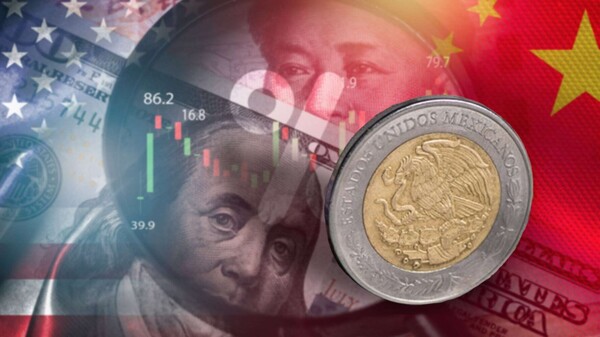
The Mexican peso has experienced some changes in its exchange rate against the US dollar, starting the year at 20.82 and recently closing at 19.74, showing a gain of 5 percent. Despite this improvement, compared to other currencies like the euro or the yen, it has been one of the least advanced, indicating a depreciation of the peso in relation to these currencies.
One of the factors that could explain this behavior is the loss of confidence among global investors in the economic policies of the Trump administration. The erratic application of tariffs has been cited as one of the most relevant aspects. Additionally, tensions with Jerome Powell, Chairman of the Federal Reserve, have also contributed to this dynamic.
Recently, the exchange rate of the Mexican peso against the dollar has fluctuated between 19.58 and 19.71 pesos per dollar, reflecting a general depreciation of the dollar compared to other major currencies worldwide. This is evidenced by the 7.2 percent drop in the dollar index since Trump's inauguration, indicating a lack of confidence in the U.S. economy under his administration.
The concern extends to the deficit and debt of the U.S. government, which generates nervousness among investors. With public debt exceeding 32.5 trillion dollars and equivalent to 124 percent of GDP, there is a possibility that the government could run out of funds if the debt ceiling is not raised. This could trigger uncertainty regarding the financial risks of the United States.
In this context, despite other concerns about possible constitutional crises in the United States in the future, it is surprising that the dollar has not experienced a greater devaluation. The financial security that the United States used to represent may be changing, possibly influenced by the policies of the current administration.














